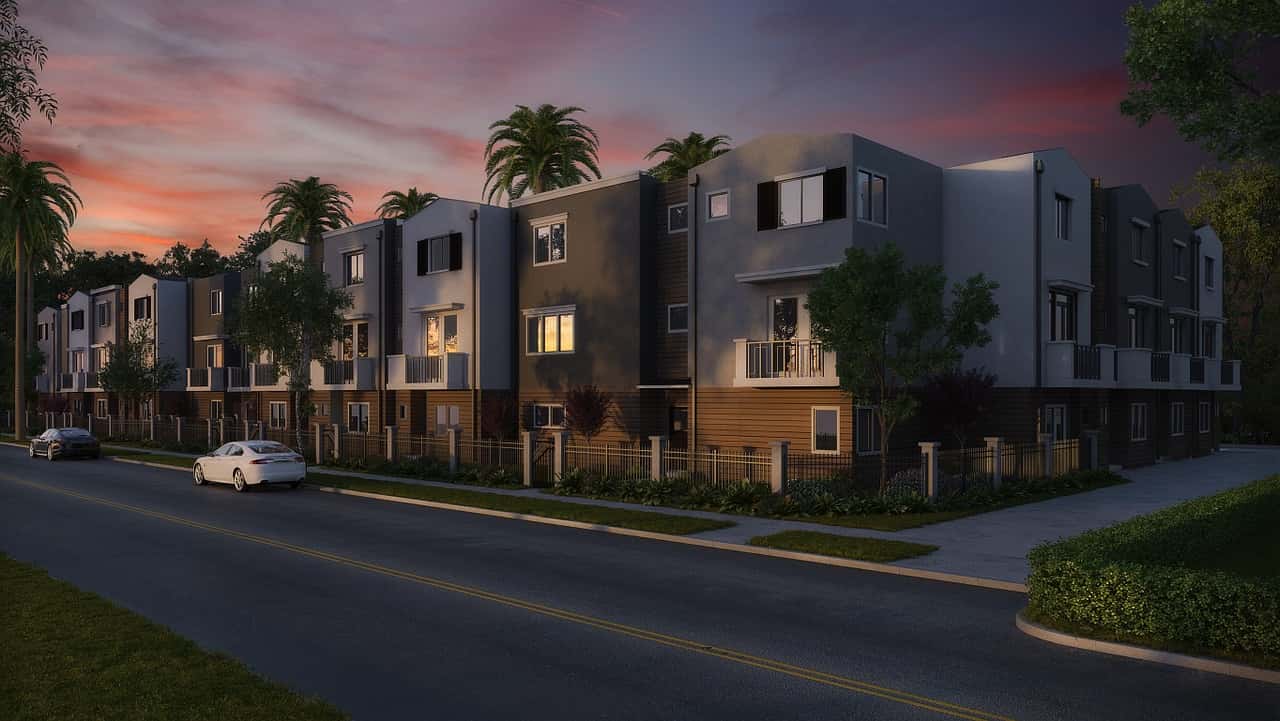The $1.37 Million Refinancing Closed on August 30th
This Friday, Janover Ventures’ Brandon Ramineh closed a $1.37 million Freddie Mac Small Balance Loan for a 16-unit apartment property in Lindale, TX. We sat down to discuss the deal and why the borrower chose to go with the Freddie Mac SBL program.
What made this deal special?
Our borrower reached out to us back in April looking to refinance a series of fourplex properties that she and her husband built roughly 5 years ago. The deal consisted of 5 contiguous buildings, with a total of 20 units. Originally, we were looking to utilize the Fannie Mae Small Loan program. However, due to the property being located in a pre-review market, we were capped at 65% LTV. Unfortunately, that wouldn't satisfy the current debt on the property.

In addition, our borrower was currently locked into a high-interest loan with a 20-year amortization. Plus, she was holding the property in an S-corp (which resulted in some serious tax implications), and, as a result, she wanted to refinance into a new LLC she created with another partner.
What can you tell us about the loan?
We got our client a $1.37 million, 20-year loan (10-years of fixed-rate financing, followed by 10-years of floating-rate financing) with a 30-year amortization, at a very competitive interest rate. As with all Freddie Mac SBL deals, the loan was non-recourse, which is always great for borrowers.
For those who aren’t familiar, the major terms and requirements of the Freddie Mac SBL program include:
- Loan size: $1 million to $7.5 million
- Max. LTV: 80%
- Min. DSCR: 1.25x
- Terms: 5- 20 year fixed and floating-rate terms
- Amortization: Up to 30-years
- Interest-only (I/O) loans: Available
- Credit score: 660+ credit score typically required (some flexibility)
- Recourse: Non-recourse (with standard bad-boy carve-outs)
Why did you steer the borrower towards the Freddie Mac SBL program?
After realizing that a Fannie Mae Small Loan wouldn’t be a good fit for our borrower’s needs, we discussed taking a look at Freddie Mac. Using the Freddie SBL program would allow us to achieve higher leverage, even though the borrower would still need to come to the closing with cash to pay off the existing debt.
Originally, the cash required at closing was north of $200k due to the fact that the fifth building was newly constructed and didn’t have a lot of equity in it. We decided to leave out the fifth building and only refinance the first four buildings (for a total of 16 units), which reduced the cash needed to close to $100k.
How did the deal develop from there?
While we decided to leave the fifth building out of the transaction, the borrower still had some concerns regarding the appraisal. If the appraisal came back less than anticipated, she would have to bring more cash to the closing. In this situation, we opted to do a limited engagement (where we only collect the deposit for the appraisal and hold off on underwriting until we receive the appraisal back). Fortunately, the appraisal came back about two weeks later, about $30,000 higher than we expected, which our borrower was very happy about.
From there, we wrapped up the application, wired the rest of the deposit and kicked off the deal. This was on June 19th, and here we are closing roughly 70 days later. This was our borrower’s first agency loan, and although the process can be very tedious, she was very satisfied with the experience and will be refinancing another property with us in the next two to three months.
What else should borrowers know about the Freddie Mac SBL program?
It's really an awesome program, especially due to the fact that it allows cash-out refinances for eligible borrowers. Even though Freddie did recently hike rates– and plans to restrict cash-out refinancing in the near future, it can still be a great choice for many borrowers, particularly those in larger markets. In situations where it isn't a good fit, we generally direct clients to Fannie Mae or CMBS lenders. Regardless, we still expect it to remain a popular choice for clients in the small balance space.
